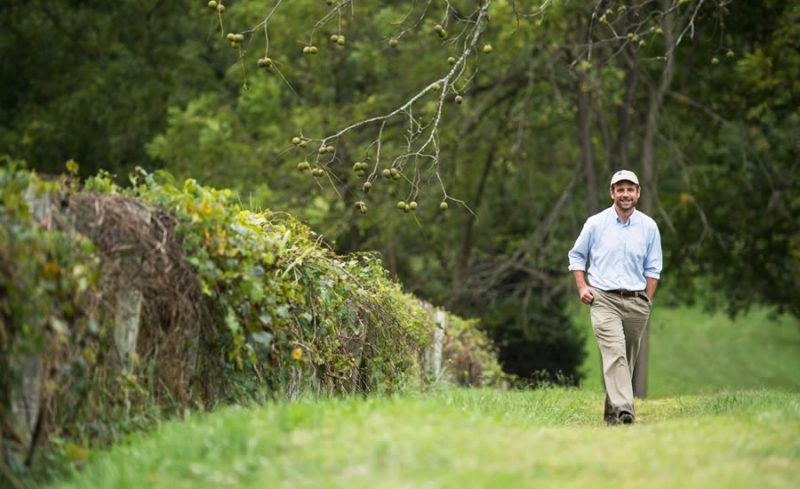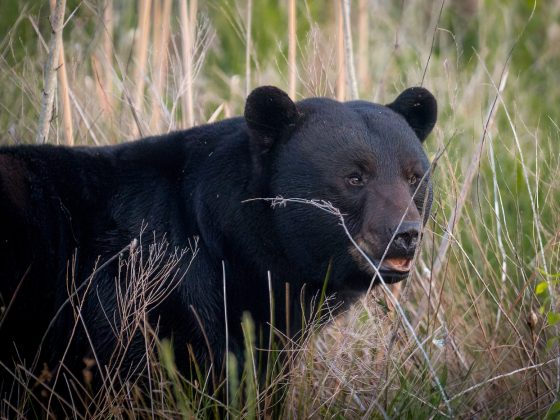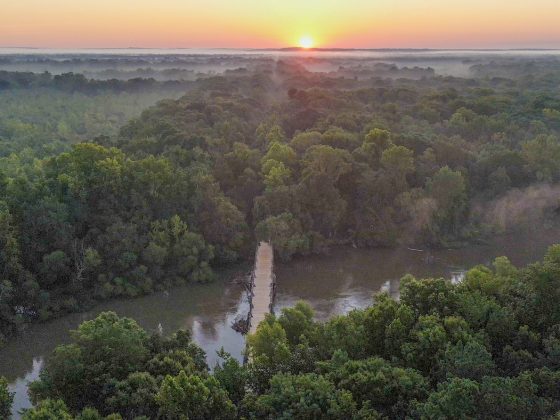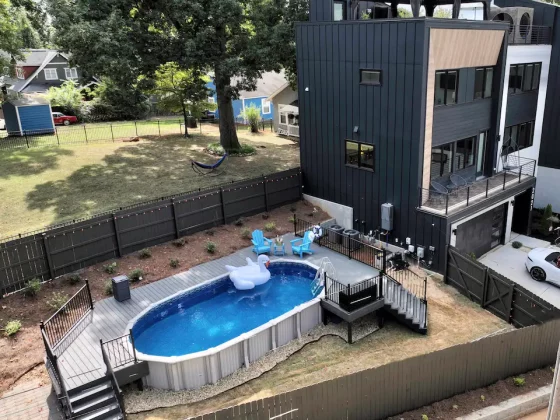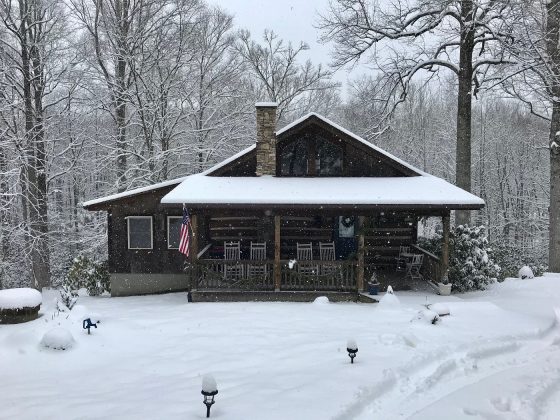We met Tom Okel, the Executive Director of the Catawba Lands Conservancy, at the expansive Red Lair farm and forest in Southern Piedmont for a walk about, and spent several hours among the Bigleaf magnolias and sunflower fields talking. As an avid outdoorsman, I was excited to have the opportunity to meet face-to-face with the face of conservation, and the conversation that followed reinforced my excitement and hope for the cause.
Exploring the Gaston County property was peaceful and encouraging. Red Lair, totaling over 700 gorgeous acres and twelve separate conservation easements, is one of the richest ecological areas in the state. Red Lair is one of the major windfalls of the Catawba Lands Conservancy and features a natural diversity rarely found so close to a major metropolitan area. Its pine and hardwood forests, blooming Schweinitz sunflowers, and expansive river frontage on the South Fork Catawba River make it a rare piece of property. Both Okel and I were happy to spend the afternoon there.
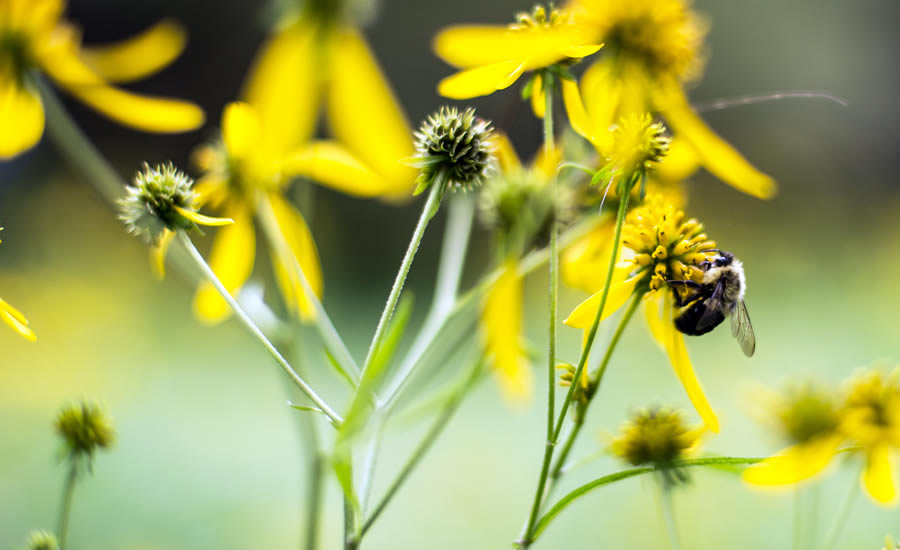
Okel was raised in a family that enjoyed nature. His father was an outdoorsman and his brother, an exceptional mountain climber. His love for outdoor sports like hiking, skiing, and kayaking has been with him since his youth. So, when he had the opportunity to transition back to nature after a 20-year career with Bank of America he jumped at the opportunity. His respect and reverence for the natural world, combined with the valuable experience gained as global head of Bank of Americas Syndicated Capital Markets division made him the perfect candidate to lead Catawba Lands Conservancy down its next path. And lead he has. Under his guidance, with the help of his industrious staff, The Catawba Lands Conservancy has come a long way.
The conservancy started as a school teachers dream. Mary McDaniel had one specific, but important aspiration: protect Mountain Island Lake. From this one noble goal, a grass roots movement began, and in 1991 the Catawba Lands Conservancy was born. For Mary and the rest involved, it became apparent that their impact could be felt on a much larger scale.
Now, Catawba Lands Conservancy protects and conserves land in a large 6-county region of the state including the counties of Catawba, Gaston, Iredell, Lincoln, Mecklenburg and Union counties. Through various land trusts, the Catawba Lands Conservancy also works to protect other lands outside of that scope, including areas in Norwood, NC, near Baden Lake and Lake Tillery, in the foothills, the Blue Ridge mountains, and beyond.
Their mission is simple. They want to save land and connect lives to nature. Currently, the conservancy preserves, maintains, and monitors nearly 15,000 acres of land. This is a substantial amount of land that will forever stay natural; a huge windfall for everyone involved, from the conservancy to the public.
Catawba Lands Conservancys mission is one of major importance, and for so many reasons. As our city grows, less and less of the natural world is available for us to enjoy. Simply put, natural spaces are fleeting, but according to Okel, Our goal is to save as much natural land with conservation value as possible and we have a sense of urgency because the Charlotte region is expected to lose at least 30% of its remaining green space over the next 15 years. Currently, our region loses 133 acres of natural land every day, and natural land that is lost to development is lost forever.
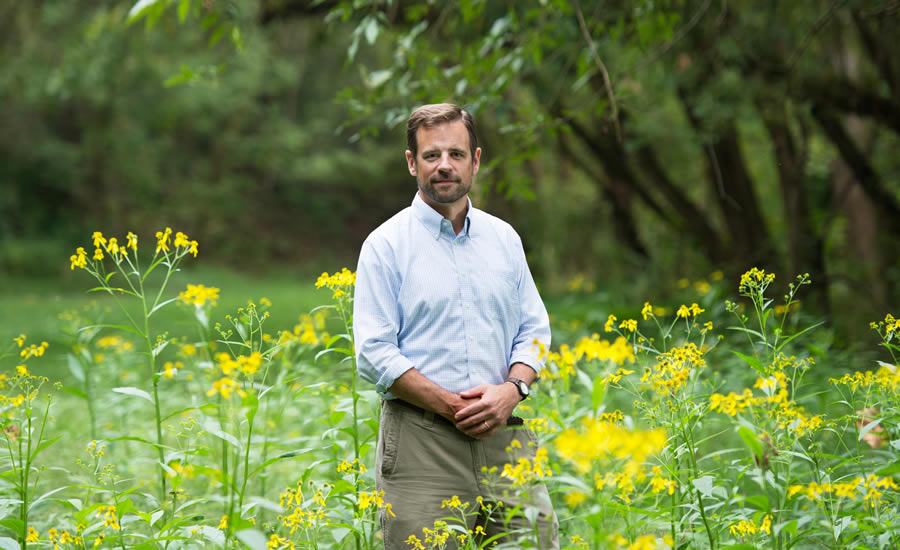
A large donor base made up of caring individuals and corporate entities helps the conservancy accomplish their mission. Loyal members that have supported the organization for years, and will support the organization going forward, are the cornerstone of our fundraising efforts. Along with the donors, partnerships with county, state, and federal conservation programs like the The North Carolina Clean Water Management Trust Fund and Mecklenburg County Parks and Recreation Department, the conservancy is pushed to new heights.
Along with donors and partners, the landowners play an integral role in the conservation of lands. Without them, the organization truly couldnt exist. As Okel explains, Landowners are at the heart of what we do. Our work wouldnt be possible without the support of willing landowners who recognize the value of preserving their lands for future generations. Catawba Lands Conservancy has the perfect plan to preserve important land for our future generations, which is summed up by the organizations four pillars: Clean water, wildlife habitat, local farms, and connections to nature.
As the lifeblood of our region, the continued growth and sustainability of our region depends upon our water supply. The conservancys strategy of protecting our water is precise. Save the land around the water supply and you protect the water supply. Protecting land around and near waterways, improves the natural filtration of pollutants and sediments, helps prevent flooding and erosion, and provides millions of people with cleaner streams and lakes and safe drinking water.
Wildlife habitat is a major focal point of the organization. Biodiversity is something that we take for granted but something that is so important to the world that we live in and something we all should value. As urban areas increase; habitats fall by the wayside; and when habitats go; so do the animals. By protecting our areas wetlands, forests, and fields, wildlife thrives.
Paying homage to our states farming history, Catawba Lands Conservancy strives to protect both the farmer and farmland. Emphatically, Okel points out that, Agriculture is North Carolinas chief industry and local farms have a significant impact on our regional economy. By conserving farmland, we support the rural economy, preserve our regions agricultural heritage and help provide local food to our region.
Their fourth pillar, connections to nature, could arguably be the most integral. In the age we live, in a society that is mostly urban, awed by technology, busy from working nine-to-fives, the disconnect between man and nature has never been larger. The conservancy is changing this. Spending time in nature is important. From leading happier lives to reductions in stress, the benefits of time outdoors are vast. By conserving land that will host trails, greenways or blueways through the Carolina Thread Trail, we are providing communities with opportunities to interact with nature in a variety of ways. Getting both kids and adults out into nature so they can enjoy the canopies of the forest, experience the wide open spaces of the fields, and explore the miles of rivers and streams instills a desire to protect that resource.
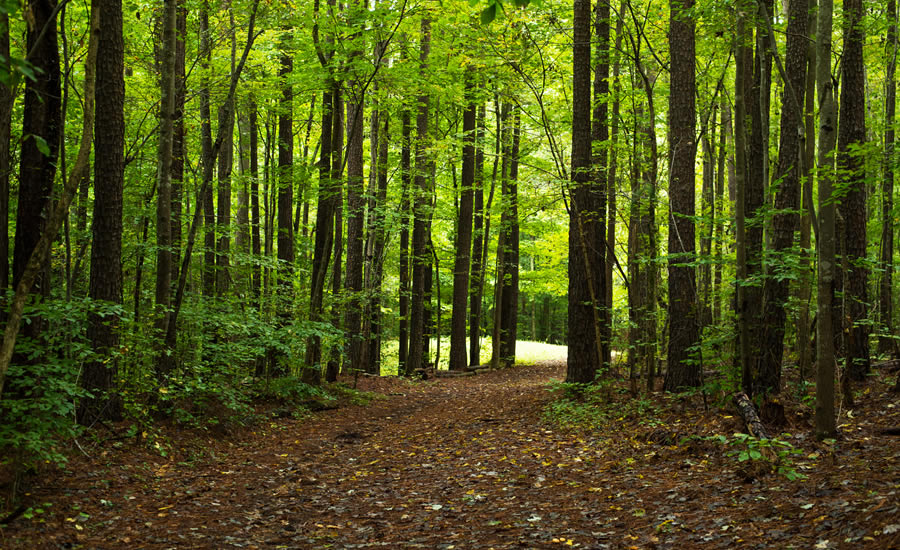
All of these pillars come to life in Catawba Lands Conservancys work with The Carolina Thread Trail. As a major achievement for the organization, Okel and his staff have, established the vision and made significant progress on what will become a lasting legacy to our region. Through the Thread Trail, weve been able to introduce people to some of our protected properties, which helps make conservation more tangible. It has enabled us to share the joys of nature with a larger audience.
Without organizations like the Catawba Lands Conservancy our region would be completely different. The harsh impact of urban sprawl would be far more prevalent. According to Okel, Most likely there would be 15,000 less acres of natural land. Many of the beautiful, unique properties weve conserved would have been destroyed, damaging water quality and fragile ecosystems. Industry or housing development would have taken the place of prime farmland and many popular trails and recreation areas would cease to exist. Okels depressing description of what couldve been sounds like no place any of us wants to call home. Instead what has happened is a source of pride for our city and a perfect reason to be excited about the future. We should all be thankful that our city has donors, partners, and institutions that work towards admirable goals set forth by organizations like Catawba Lands Conservancy. We owe a debt of gratitude to Mary McDaniel and her dream of conservation. From one small grass root, a 15,000 acre forest has grown. With Okel at the helm, and his diligent staff behind him, the Catawba Lands Conservancy is in good hands and that means our future and our lands are protected.
However, that doesn’t mean they dont need your help. There are many ways you can get involved. The Catawba Lands Conservancy accepts donations online and offers membership opportunities to both support their efforts financially and learn more about their work. You can also volunteer to help maintain these serene properties for future generations to come. For us at QC Exclusive Magazine, this is truly one of the most important causes of all so we encourage you to help in whatever way you can. For more information visit www.catawbalands.org.


